
We kindly inform you that, as long as the subject affiliation of our 300.000+ articles is in progress, you might get unsufficient or no results on your third level or second level search. In this case, please broaden your search criteria.

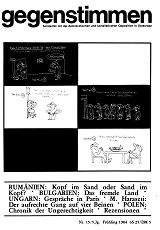
Im ersten Teil seiner Analyse untersuchte Krawchenko die historischen Bedingungen für eine marxistische Opposition: in dem formal ideologischen System der UdSSR, deren Machthaber sich verbal auf den Marxismus berufen, vermeiden kluge, kreative, intellektuell neugierige Studenten die sogenannten »ideologischem Disziplinen —daher sind so viele Dissidenten auch Naturwissenschafter, Schriftsteller, Mathematiker.
More...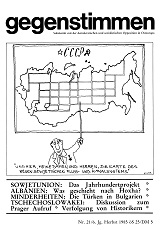
Prag im Oktober. Der Altweibersommer könnte nicht schöner sein. Der Hradschin, die berühmten „100 Türme“, die Karlsbrükke - eine Augenweide. Die Geschäfte am Wenzelsplatz sind voll mit Waren. Es bedarf des zweiten Blicks, des Gangs in die Nebengassen, des Gesprächs, um sich nicht vom Talmi- Glanz blenden zu lassen. Epigrammatisch ließe sich die Lage vielleicht folgendermaßen zusammenfassen: Touristen bekommen das - zweifelsohne wunderschöne - „goldene Prag“ serviert, den Einheimischen wird via Gulaschsozialismus das Mául gestopft. Wer dann noch aufmuckt, bekommt eins über den Deckel.
More...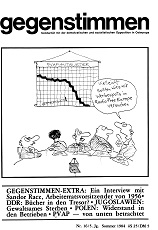
Review of: Olaf Leitner: Rockszene DDR. Aspekte einer Massenkultur im Sozialismus. Hamburg 1983. Rororo 7646, 509 Seiten, öS 150.50/DM 19.80 Ossip Mandelstam: Die Reise nach Armenien. Bibliothek Suhrkamp, Frankfurt 1983,138 Seiten Edward Topol & Fridrikh Neznansky: Red Square. Corgi Books, London 1983,413 Seiten, £1.95 Alexander Nemow: Geschäfte in Baku. Scherz Verlag, Bern und München 1983, 288 Seiten, öS 232.40/DM 29.80 Sowjetunion 1982/83: Ereignisse, Probleme, Perspektiven. Hg. vom Bundesinstitut für ostwissenschaftliche und internationale Studien. Hanser Verlag, München-Wien 1983, 366 Seiten Hans-G. Wehlin (Hg.): DDR. Verlag Kohlhammer TB 1064, Stuttgart 1983, 239 Seiten, öS 156.-/DM 20.- Rudolf Ströbinger: Der Mord am Generalsekretär. Stalins letzter Schauprozeß — Das Tribunal mit Rudolf Slansky in Prag. Burg Verlag, Stuttgart-Bonn 1983, 144 Seiten Iring Fetscher: Der Marxismus. Seine Geschichte in Dokumenten. Philosophie, Ideologie, Ökonomie, Soziologie, Politik. R. Piper & Co Verlag, München 1962, 1983. 960 Seiten, öS 193.40/DM 24.80 Jerzy Holzer: »Solidarność« 1980- 1981, Geneza i Historia. Herausgegeben von: Institut Literacki, Paris 1984, 357 Seiten, öS 275.- Wolfgang Seiffert: Kann der Ostblock überleben? Der Comecon und die Krise des sozialistischen Wirtschaftssystems. Gustav Lübbe Verlag, Bergisch Gladbach 1983, 254 Seiten
More...
The concept of shared value and its social component in relation to the individual, groups of people and whole communities is presented as a basic prerequisite for increasing the level of economic security. It is emphasized that by emphasizing the expansion of the social commitments of corporations through joint work with the public sector and governments, the shared value concept expands the perimeter of business, which is not just socially engaged and, in this context, socially adequate and obliged to make decisions that correspond to society’s values. In this sense, social responsibility is a new, higher degree of recognition of social obligations on the part of the corporation, which undoubtedly affects the increase of security, both at the micro- and macro-level.
More...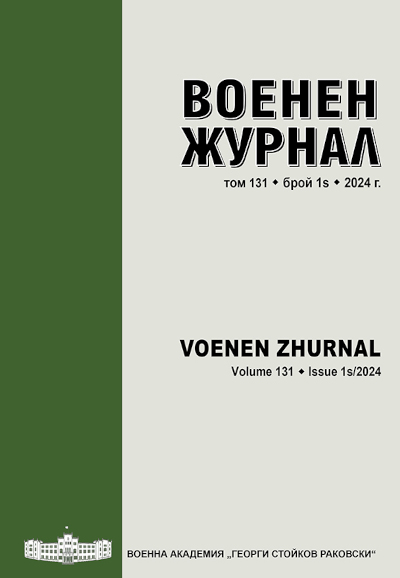
In this paper, attention is focused on the need to conduct a comprehensive comparative overview, and on that basis a comparison of the procurement of defence products/services from the US through the two main approaches perceived as alternatives (under the Foreign Military Sales (FMS) programme and the traditional manner using Direct Commercial Sales (DCS). Regarding acquisition under the FMS programme, its rules of functioning and administration have a deep impact on the management, spending, execution and budget reporting for both types of customers: at the level of customer countries and at the level of customer international organisations (e.g. relevant NATO entities performing such procurement). This is insofar as the rules imposing large periodic advance payments drive ‘inconsistencies’ throughout the process (up to the point of effective actual delivery of the assets from the US), in the direction of modifying the fundamental accrual principle into a modified cash basis. A major striving in this paper is to provide a structured view with appropriately selected criteria by which countries and international organizations that are potential commercial customers of the U.S. military industry can navigate in making a choice between the two alternatives for acquiring defence products/services.
More...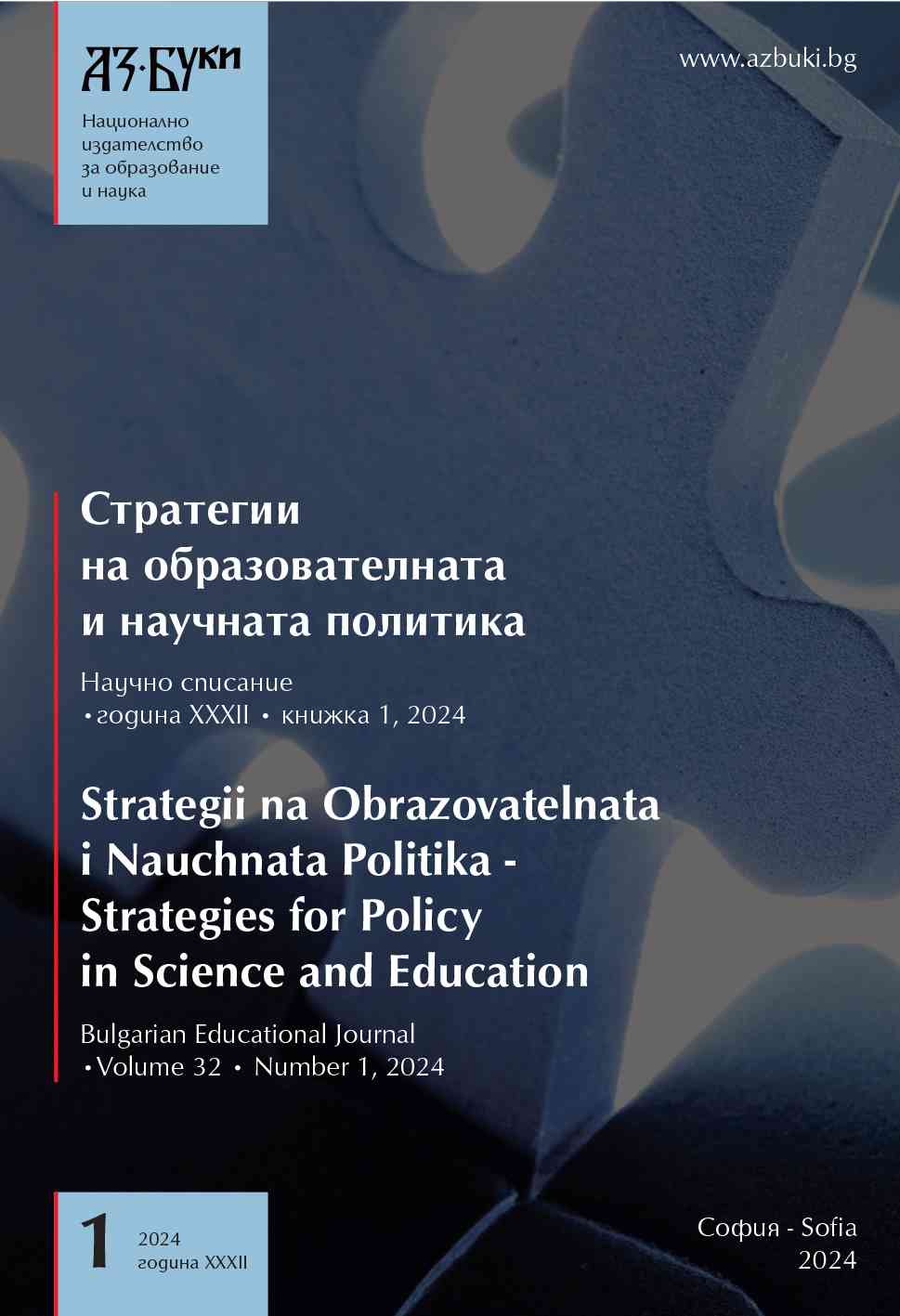
The academic labour market in Europe and worldwide is increasingly dynamic and competitive in terms of offering positions and requirements for candidates. The competitions are public and international. The paper’s goal is to outline the parameters of these trends. The requirements and conditions for international academic staff hiring are not a subject that is often discussed in Bulgaria, and the paper’s task is to fulfil this deficiency. This is achieved through а sample of international academic job offers published between 2021 – 2022 which is followed by empirical, comparable and content analysis of them. As a result, the actual characteristics of the international academic labour market are outlined based on 105 job offers from 91 universities in 6 continents. Examples of one scientific field (political science) are used in order to achieve a higher comparability of the results.
More...
In a highly competitive global landscape, higher education institutions are important drivers of knowledge creation and talent development as well as key stakeholders in shaping the branding efforts of nations. This article explores the dynamic relationship between institutional and nation branding initiatives, with a specific focus on the participation of higher education institutions and the necessity for coordinated strategies that fully leverage their potential to enhance a nation’s global reputation and competitiveness. By actively engaging higher education institutions as key partners in nation branding, countries could harness their significant competences and proficiency to shape the nation’s image, drive economic growth, and ultimately project soft power on the global stage. The article provides insights that could guide policymakers and university administrators in making informed decisions and shaping institutional actions to enhance a nation’s global reputation and competitiveness by fully harnessing the transformative potential of higher education institutions.
More...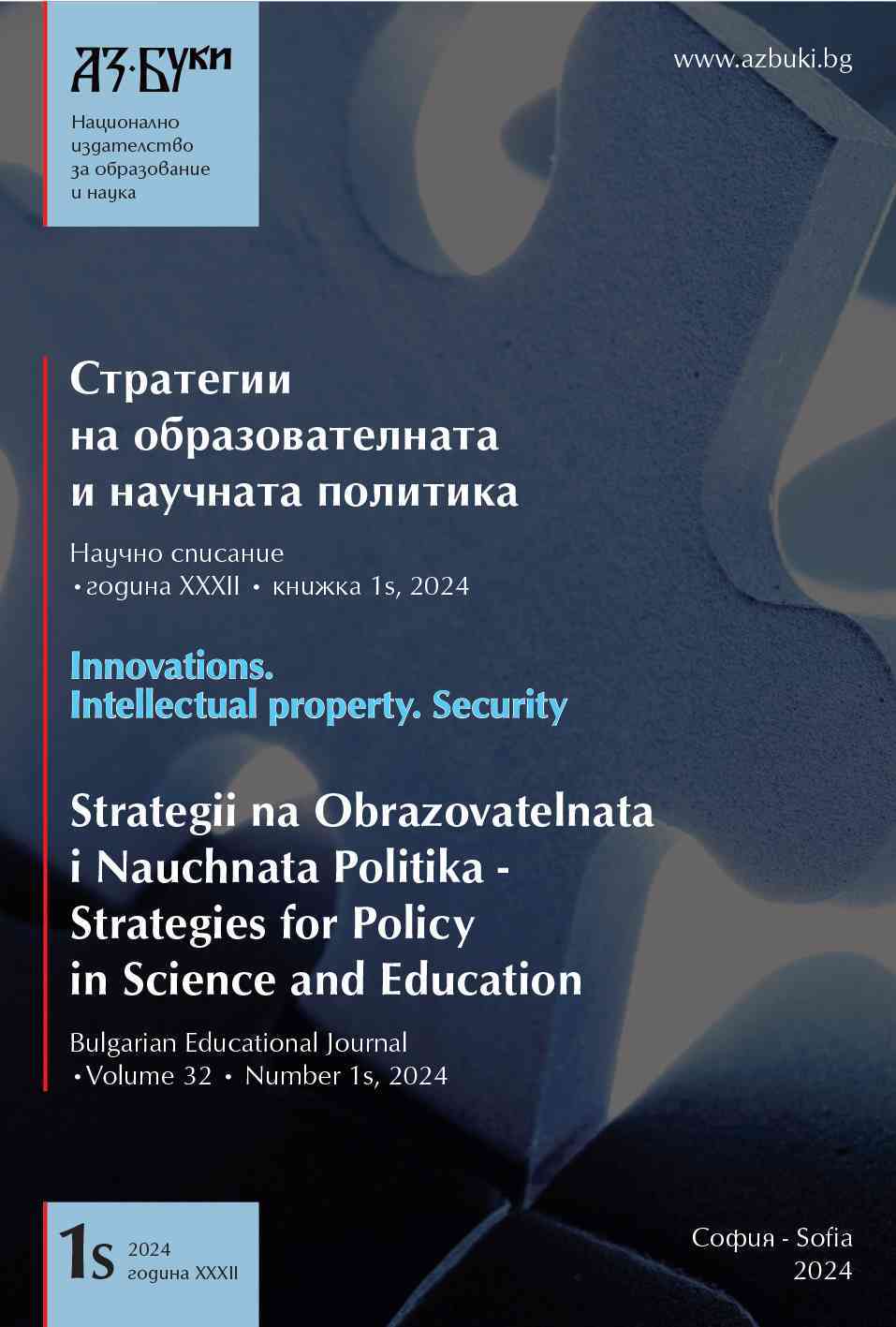
The aim of this article is to highlight that critical thinking and creativity generate innovation that is at the core of long-term competitiveness. The creation of culture of critical thinking and creativity should start with the education system – in primary and secondary schools, then it should find its way in science and research activities of institutes and universities, and finally, it should be implemented at all business levels – with the purpose of achieving systemic innovation. It is only in the conditions of a strategic education-science-business synergy, in an environment of promoting critical thinking, creativity and innovation, that long-term competitiveness is possible, which can result in large-scale development of nations, societies and businesses. The achieved level of competitiveness should in its turn be protected against external and internal threats by introducing security measures that include the entire system of physical, technical, information and procedure security, while recognizing and protecting intellectual property and trade secrets. In terms of relevance and methodology, this article reviews existing significant challenges to innovation and competitiveness management; questions are proposed demanding further research in the field of regulations, as regards leading innovation in a global context. Conclusions are drawn about the need of strategic synergy of the priorities of state policies in the fields of science, education and business. It is stated that only coordinated long-term prioritization and planning in economy, science and education, which involves development of focused scientific research in priority sectors (industries) and creation of staff predominantly for these priority sectors of national business development, can ensure long-term competitiveness, sustainability and growth.
More...
The aim of the article is to show through a theoretical overview that there is an inextricable link between economic growth, technological progress, innovation and intellectual property. This connection has been realized since the dawn of economic science, by economist theorists who, even without mathematical models, and some of them even before a terminological and legal framework covering the matter was created, managed to prove that without innovations and technologization of production and labor skills, it is not possible to achieve sustainable economic growth. The relationship between innovation and economic growth is also depicted through the EC’s innovation development index, where the difference in assessment between the developed economies of the so-called “Western worldˮ and developing, commodity economies.
More...
Intellectual property has a key role in ensuring national economic security. It is being constantly challenged and multiple risks affect its adequate application. Intellectual property threats need to be addressed on government, company and individual level to tackle serious security risks and prevent damages. The article reviews relevant policies and strategies, which need to be put in place, in view of the adoption of disruptive technologies such as artificial intelligence. It also discusses the elements of a robust and systemic economic model, which would enable monitoring and assessing the risks and multiple dimensions of IP threats in their interaction with the digital environment and infrastructure. Such a model could form and objective basis for evidence-based policy making to enhance national security through intellectual property.
More...
The idea of the present material is to analyze the structure and activity of the Bulgarian National Radio /BNR/ as an important element in the media system of Bulgaria. From this point of view, the good management and the results of the activities of BNR are extremely important to our society. The creation of quality and credible content; timely and accurate information to listeners, educating and entertaining the audience; creation of cultural events through the formations of the BNR; creation of a program for Bulgarians abroad and, accordingly, for foreigners in Bulgaria – all these commitments should be fulfilled by the team of BNR. Analysis of the activity of the individual structures of the BNR and the identification of existing weaknesses are key to making the right management decisions. Namely, these solutions are presented by the author, with an emphasis on the main function of BNR – the creation of quality content and its distribution on all technically existing platforms. Special attention is paid to the national programs “Horizont” and “Hristo Botev”, as well as to the regional programs broadcasting in 9 regional centres. Specific recommendations are given for better organization of the work process to guarantee impartiality and professionalism. The importance of the development of programs in the Internet environment and the prospects for the development of the BNR streaming channels and the corresponding podcasts are emphasized. An important emphasis is placed on the activities of the bands of BNR – orchestras and choirs and their important contribution to the development of culture in Bulgaria. Last but not least, attention is paid to the technical development of radio and the importance of using new technologies to create and distribute content. The ultimate goal is to support the management process of a public media such as BNR and to emphasize how important it is for such a media to be a leader in the development of the media environment in the country.
More...
The production of integrated circuits (IC) is key to the development of the world economy. The system of intellectual property offers different means of protection for the products of the IC industry. Those are mainly the patents for inventions, registration of topologies of ICs, trade secrets, copyright. The economics of the IC industry in the late 20th century moves different processes in different regions of the world. This economic reality provides an opportunity for those companies to invest heavily in R&D, to create valuable intellectual property and to develop a competitive advantage. The historical development of integrated circuit manufacturing, the development of the main companies involved in the sector and the existing supply chains, raise a number of questions that are related to the concentration of innovation and intellectual property, the potential problems for global supply and economic development, as well as the steps towards overcoming those problems.
More...
The new generations of consumers are increasingly aware and demand more and more sustainable products that are friendly to the environment and health in general. Nowadays, most companies know that using trademarks that are associated with the nature, sustainable or healthy goods or services could increase their sales and profit. In recent years, there has been a growing trend in companies using environmentally conscious branding to highlight their commitment to sustainability. This involves terms like “organic”, “green”, “eco”, “eco-friendly”, “sustainable” or related words in the trademarks, including in logos, or slogans to convey their dedication to environmental responsibility. (Palacio 2023) These so-called Green Trademarks could bring sustainability to the company. Green Trademarks could be a way for companies to distinguish their products or services in the market by emphasizing their eco-friendly attributes.
More...
The subject of this article is artificial intelligence (AI) and its protection as industrial property, more particularly as inventions. It indicates the essence of artificial intelligence and the areas of application of the technology. The protection of the results of AI as inventions is considered, also the advantages and disadvantages of artificial intelligence are presented. The results of the done patent research are analysed. The filed applications for inventions and patents granted in the field of artificial intelligence in a national and international aspect are identified, with conclusions and recommendations for applicant activity in the study area.
More...
In the year 2021, small and medium-sized enterprises (SMEs) constituted 99.81% of the total number of enterprises in Bulgaria. The number of individuals employed by SMEs accounted for 74.2% of the entire workforce. These enterprises contributed 66.5% of the overall economy’s added value, and this share has consistently been on the rise. Their development significantly influences the employment rate, overall economic growth, and the prosperity of our nation.Technological advancements and recent crises in recent years have spurred accelerated digitization across all spheres of public life, including business sector. It is increasingly penetrating SMEs in Bulgaria, albeit with a certain lag compared to the EU. There is no doubt that the digitization of SMEs serves as a crucial mechanism for achieving competitiveness and economic success, not only for the enterprises themselves, but also for our country as a whole.Given this context, the objective of this publication is to briefly present the summarized results of an analysis of the level of digitization of SMEs in Bulgaria and the examination of the key factors hindering its further development, serving as barriers to its progress. These findings can be valuable for guiding the efforts of managers and government entities in fostering the advancement of digitization in SMEs.
More...
The intellectual property (IP) protection of integrated circuits (ICs) is of key importance as the semiconductor industry has become a vital part of the advancement of technology and the development of the global economy. This is made clear by the creation of a special IP sui generis right that is meant to protect the layout design of ICs and make them harder to copy. The present article will present an overview of protection of layout designs of ICs and the experience of leading countries in the production of semiconductors. The countries are chosen based on their patenting activity in field which is an indicator of scientific and financial effort of those nations to develop their IC production capabilities.
More...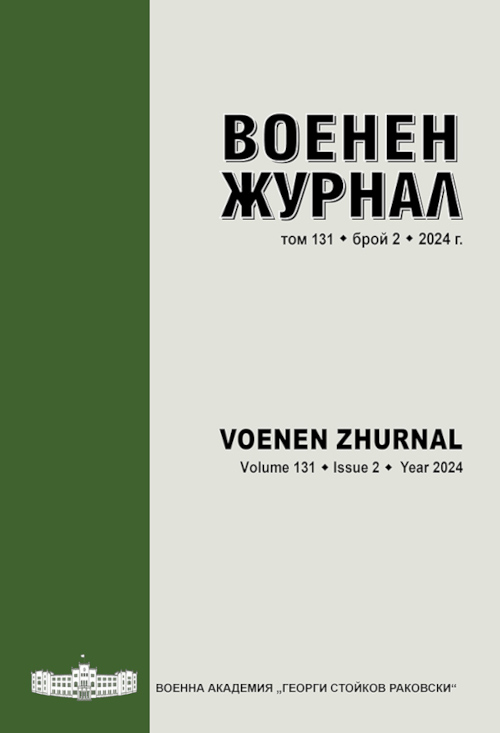
The armed forces of a country, regardless of its organization and government, are always part of its national security system. Their participation in public relations develops and becomes more complicated simultaneously with the development and complication of public relations. The activities carried out by the armed forces are activities carried out in the intangible sphere, which significantly complicates their research, which necessitates the use of a specific research approach.
More...
This study aims to assess the relationship between organizational commitment and work-life balance among staff members working in hospitals in the Indian state of Punjab. Based on a sample of 382 hospital employees, including medical and paramedical staff, the study was conducted. The required information was gathered using a standardized questionnaire. The Smart PLS statistical tool was utilized for analysing the data that was gathered. The study's findings demonstrate a significant and positive association between organizational commitment and work-life balance in selected hospitals of Punjab, highlighting the significance of this balance in encouraging employee commitment in this situation. Based on the R 2 value of 0.644, it can be concluded that the model is responsible for approximately 64 percent of the variance in organisational commitment. Nevertheless, the circumstances that are accountable for the remaining 36 percent of variability have not been found.
More...
Shadow economy is a persistent and characteristic phenomenon of the economy of Eastern Europe. The article aims to study the shadow sector in several countries – Bulgaria, Greece, Romania and Croatia, presenting unpublished data on its perceived manifestations from the point of view of demand and supply. The data used is from a Eurobarometer survey conducted in 2019. The information provided is up-to-date and relevant to the study of shadow economy, due to the relatively constant behavior of economic agents and the lack of analogous recent survey that examines informal activity in such details, allowing comparative analysis with other European countries. The declared behavior of the respondents is examined and statistical tests are employed to indicate statistically significant differences between the mean values of the four countries regarding the performed paid undeclared activities and the purchase of goods from the shadow sector. The research specifies the sectors most affected by undeclared activities – in Bulgaria this is construction. The reasons for participation in the shadow economy from the supply and demand side are analyzed. The results reveal the pragmatism of Bulgarian respondents in comparison to the motivation of respondents in the other three countries. The most common paid undeclared activities are also indicated, as well as the most frequently purchased goods and services from the shadow sector. The material builds on the current knowledge on the subject and provides a starting point for the refinement of policies to combat shadow economy.
More...